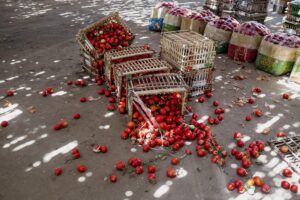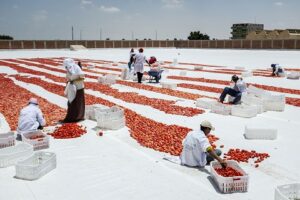
A report from the UN Food and Agriculture Organization (FAO) offers new insights on how much food is lost – as well as where and why this happens – at different stages of the supply chain. The State of Food and Agriculture calls for informed decisions for effective reduction of food loss and waste and offers new ways to measure progress.

According to initial estimates from the FAO, around 14% of the world’s food is lost post-harvest before reaching retail. Losses vary according to region, commodity group and supply chain stage. They are highest in Central and Southern Asia and lowest in Australia and New Zealand, while roots, tubers and oil-bearing crops experience the most loss and cereals and pulses the least. Where and why food losses occur is equally variable with, for example, the primary causes of on-farm losses cited as inadequate harvesting time, climatic conditions, practices applied at harvest and handling, and challenges in marketing produce.
When it comes to addressing the issue, the report urges caution given that measures to combat loss can have varying effects on food security and nutrition. What the impacts are, and who is affected, depends on where in the food supply chain the reduction in losses or waste takes place and where nutritionally vulnerable and food-insecure people are located.
Food Loss and Waste is a Global Issue

Says FAO Director-General Qu Dongyu, “As we strive to make progress towards reducing food loss and waste, we can only be truly effective if our efforts are informed by a solid understanding of the problem.”
He continues, “Three dimensions need to be considered. Firstly, we need to know – as accurately as possible – how much food is lost and wasted, as well as where and why. Secondly, we need to be clear about our underlying reasons or objectives for reducing food loss and waste – be they related to food security or the environment. Thirdly, we need to understand how food loss and waste, as well as the measures to reduce it, affect the objectives being pursued.”
The report sheds light on all three dimensions in order to identify “critical loss points” where intervention is needed the most and to help inform better, more effective policies for food loss and waste reduction.


